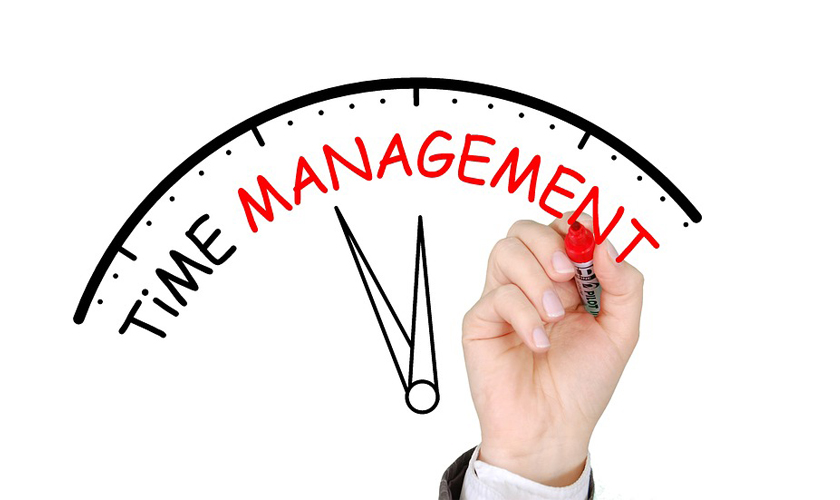There are three main characteristics that directly influence the quality of time organization and execution of your professional tasks.
You should trust the system: When setting a task, you need to be 100 percent sure that you will be notified of the upcoming task at the right time.
The system should be as simple as possible: When your system makes you jump through hoops just to add a simple reminder to “Call Alice in an hour,” it’s ineffective.
The system should be accessible: What do you never leave home without? I’m willing to bet your smartphone.
There are 8 Tried-and-True Time Management Techniques
1- Schedule the next day.
2- Correctly utilize your calendar.
3- Whatever you don’t schedule, add to your to-do lists.
4- Delegate the work you hate.
5- Streamline and automate.
6- Consider the Getting Things Done (GTD) method.
7- Track your time.
These are some of the efficient Tools that can be used to track and manage your tasks:
Inbox by Google
Calendar
Notifications
RescueTime
Remember The Milk
Typical Task Stages
Lastly, let’s take a quick look at different stages of tasks in your system.
The to-do list is divided into different projects, and tasks are tagged.
For example:
wait – the task is waiting for something;
next – a task that you do when you have time or feel like doing it, or something like that;
shop– to be fulfilled in a shop: you can go to a supermarket, open the list and see what you need to buy;
pc – a task at the computer;
contact– call someone.
This way, all tasks with a deadline are completed on time because you have them in your calendar, and if you feel like doing something else, you can do it, depending on its context and priority.
8- Let your system lead the way.
Source: Toptal








0 Comments